Gardening Q&A
-
November/December 2023 California Bountiful magazine
As a California Bountiful reader, you have the opportunity to get your seasonal gardening questions answered by gardening expert Pat Rubin. Here are a few questions from our readers.
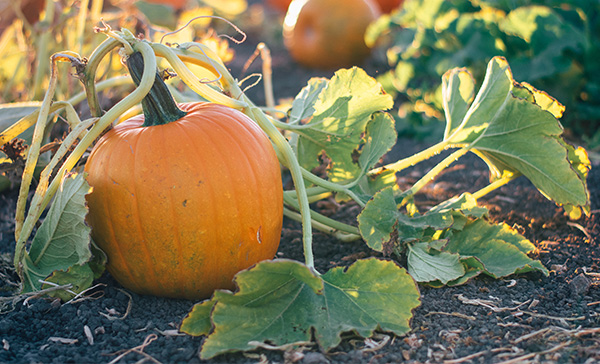
I haven’t picked my pumpkins yet. Is it too late?
Pumpkins need to be left on the vine for as long as possible for the best color and ripeness. As long as the rind (the skin on the pumpkin) is hard, the pumpkin is still good to pick and use. It’s best to wait until after the first frost but before freezing weather sets in to pick pumpkins (and winter squash).
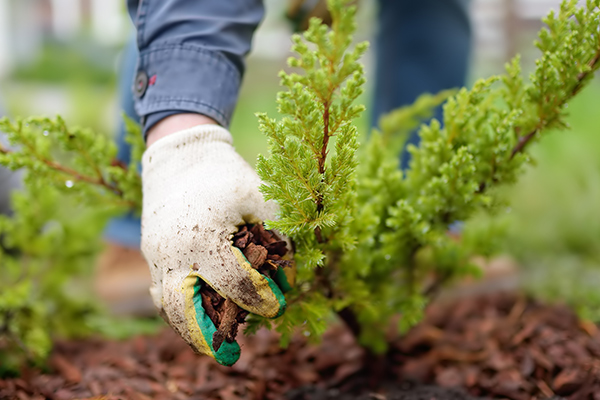
What should I be doing in the garden in December?
December is a great time for garden cleanup. Remove all dead foliage, clean away any weeds. Add compost to the vegetable garden and mulch around the shrubs and trees. If you have fruit trees, now is the time to prune them. This is the time of year I start sprinkling flower seeds in vegetable and ornamental garden beds.
-
September/October 2023 California Bountiful magazine
As a California Bountiful reader, you have the opportunity to get your seasonal gardening questions answered by gardening expert Pat Rubin. Here are a few questions from our readers.
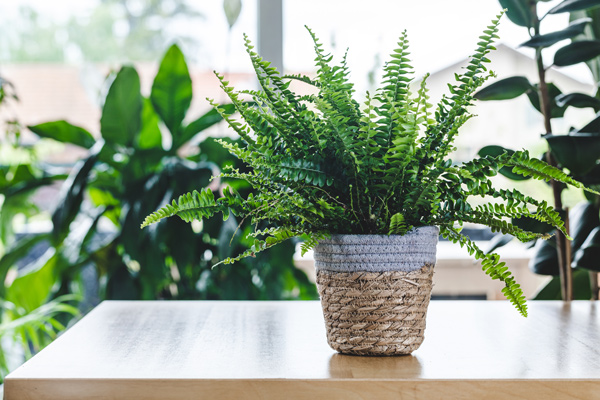
Do some houseplants produce more oxygen than others?
I’ve heard for years that some houseplants produce more oxygen and remove more harmful chemicals from the air than others. The best houseplants for the job include Boston fern, snake plant, aloe vera and spider plant. The nice thing about this list of indoor plants is that they are all easy to grow.
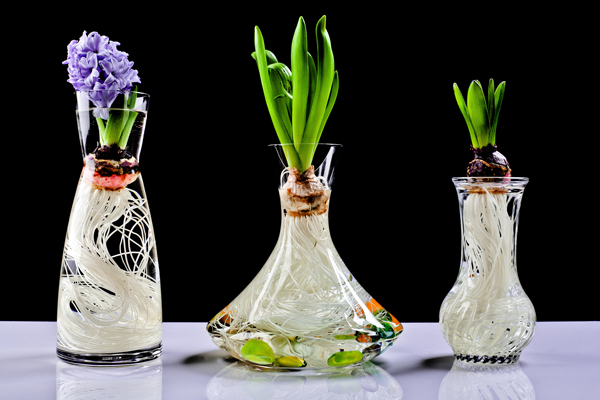
I tried to force hyacinth bulbs last year, but after I took them out of the freezer and put them in forcing jars, they rotted. Everyone says this is easy to do. What went wrong?
You put them in the freezer. That’s what went wrong. If the bulbs aren’t specially labeled for forcing (all that means is that they have been pre-cooled), then you need to put them in the refrigerator for a few weeks to give them a good cooling, not a freezing. Try that this year and you’ll have good results with your hyacinths.
-
July/August 2023 California Bountiful magazine
As a California Bountiful reader, you have the opportunity to get your seasonal gardening questions answered by gardening expert Pat Rubin. Here are a few questions from our readers.
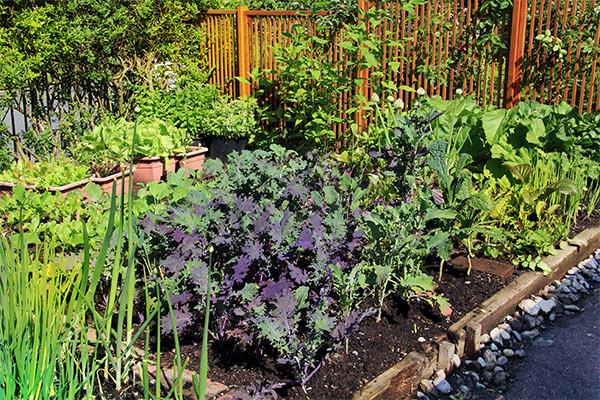
My vegetable garden did pretty well, but I didn’t get a lot of produce from it even though it’s pretty good size. What am I doing wrong?
Most people plant their crops too far away from each other and think everything has to be planted in rows several feet apart. If you are planting directly into the ground and doing weed control with a tractor and need 3 feet between rows, then continue what you’re doing.
But most gardeners these days have turned to raised beds. Whether you are planting into the ground or a raised bed, force yourself to plant your vegetables as close together as you can, especially things like peppers, eggplant and beans. Stagger them a bit and you can get almost twice as many in a bed.
Arrange your tomato cages so they touch each other and stagger them a bit. Plant radishes or greens around them. Use every inch, and whenever you take out a crop, add compost before planting another so you are constantly feeding your soil.

Why are my cucumbers bitter?
This is a very common problem. Cucumbers contain cucurbitacin compounds that make their leaves bitter and unappealing to browsing, munching animals. We don’t eat the leaves or stems so we don’t notice. Sometimes the bitter taste affects the cucumbers, mostly just under the skin, so peeling helps. Some people say it can be reversed by cutting and rubbing the cut ends together.
The best solutions are to give them plenty of water and make sure your soil is healthy and has plenty of compost. Too much hot weather combined with too little water and poor soil makes a great scenario for bitter cucumbers. Finally, there are varieties less susceptible to bitterness. Look for varieties labeled “non-bitter” or “burpless.”

